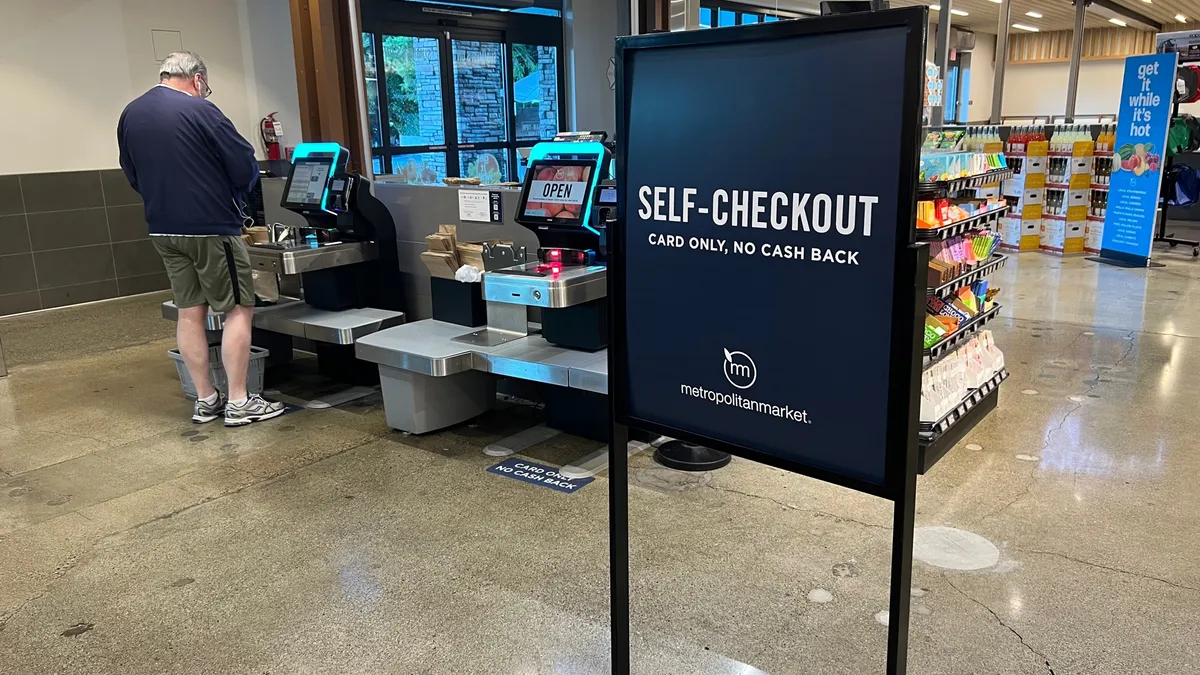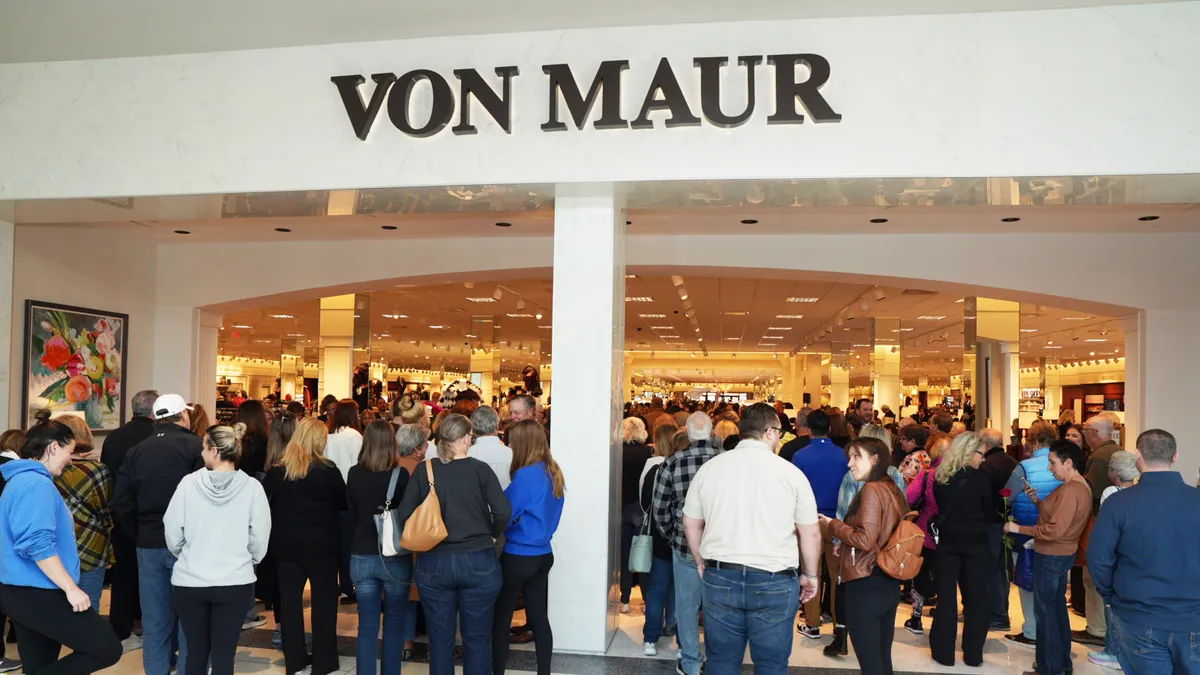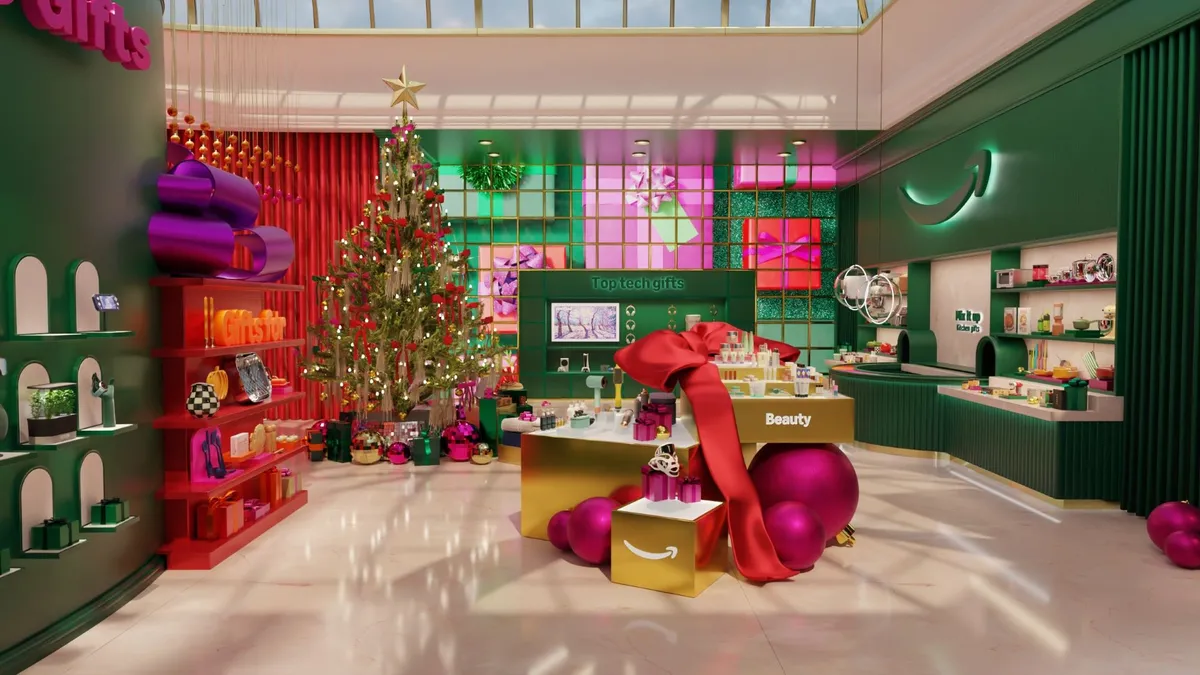Remember when Black Friday shopping didn't start until the day after Thanksgiving? Or how consumers had to get up that day at dawn o'thirty to trek down to their favorite store because that was the only way to get the best deals of the season?
Online shopping has made in-person holiday shopping less of a necessity, as consumers can now search for the best holiday deals 24/7, while still in their pajamas. But brick-and-mortar stores want to bring back the good old days of having consumers actually venture into the stores, and there's no better time for that than the upcoming holidays. With record numbers of holiday dollars expected to be spent online according to some estimates, this isn't an easy ask.
Brick-and-mortar retailers are searching for ways to offer benefits that online stores can't. Competing on price isn't a successful long-term strategy, and offering personalized services may not be enough. Retailers are looking at new ways to connect with consumers, by creating experiences.
The gift of experience is growing
The typical gift that shoppers are buying is changing. Instead of giving products, consumers are increasingly giving experiences. Accenture reports that while consumers are expected to spend more money on gifts this year, instead of buying products (i.e. neckties, perfume), consumers will spend money on travel, dining out and gifts of services, such as lawn care or spa treatments.
With recent studies saying that happiness comes more from experiences than from acquiring products, the increase in experiential gift-giving makes sense. Retailers, who want to sell products, are looking for ways to tie the purchase of their product in with an experience that engages the customer.
Why create an experience?
Joe Pine, Columbia professor and author of "The Experience Economy," said that creating an experience has multiple benefits for retailers.
An experience engages individuals in a personal way and creates a memory that lasts beyond the shopping visit, he told Retail Dive in an interview. In addition, participating in an experience keeps customers in the store longer. "The basic principle for retailers is that the more time customers spend in your places, the more money they're going to spend," he said. In addition, he said customers are more likely to buy your product if they get to experience it first.
How to put on an experiential show
Stores have been slow to do a good job creating experiences, Michael Solomon, a consumer behavior and marketing expert said in an interview. Consumers have been trained to look at stores as a just a place to buy stuff or as a "glorified warehouse," he said. "[Retailers] need to look at the store more as an educational institution or entertainment platform and basically provide a justification to get people away from their laptop," he said. This means offering an activity that is hands-on and that involves the product.
Some stores have made headway, he said. American Girl stores offer a chance for kids to have lunch with their dolls — incorporating the product and an experience in a relevant way, Solomon said. Another example is REI, the outdoor gear and clothing company, which takes customers on weekend camping trips, showing customers how REI products can make camping easier and enjoyable, he said.
Sephora is another success story, Lauren Bitar, director of Retail Consulting at RetailNext told Retail Dive in an interview. The store engages customers with the very relevant events they offer, such as bringing a makeup artist in the store to provide beauty tips. This thoughtfulness creates a very loyal customers base, she said.
Holiday experiences 2018
Although some of the companies mentioned work on creating experiences year-round, creating experiences specifically for the holiday isn't a completely new concept. The chance to visit Santa in the mall has long been a standard holiday experience. This year, stores are looking at additional ways to offer something special.
With the closing of Toys R Us stores, retailers are vying to win the toy industry this holiday. Target is planning 25,000 hours of in-store events, including inviting children to test out toys and scheduling appearances by characters from popular children's television shows. Not to be outdone, Walmart is also offering play dates for kids to come to the store and play with the hottest toys. The giant retailer also offers free holiday decorating and party idea planning sessions for adults. Select Macy's stores offer breakfast with Santa, holiday luncheons, tree lighting and holiday parades.
The holidays may be an excellent time to kick off an experiential-based strategy. Research from Bazaarvoice found that holiday shoppers purchase differently than at other times of the year. They're more spontaneous and look for opportunities to be inspired, the report said.
According to Blake Morgan, customer experience futurist, consumers are looking for a good time when they shop in stores. "Consumers are looking for experiences they can share on social media. It's about having fun, and not about transactions. But the fun experience drives attention and transactions as well," she wrote in an email to Retail Dive.
Making your retail experiential event count
The keys to an effective holiday — or anytime — retail experiential event?
- Make sure the experience ties to product, Bitar said. If outdoor company REI offered manicures, the experience wouldn't be authentic or appropriate.
- Activities work best when people feel invested in them, Solomon said. When they participate in the production, they value it more, he added.
- Differentiate with customer experience by figuring out how your event adds value to your consumers' lives, Morgan wrote.
- When planning events, consider how consumers can share them on social media to extend the fun, Morgan added.
Bottom line, when staging an experiential event, think of it as theater, Pine said. All of the retail personnel must be involved in the production to make it successful. Success means the event is compelling enough to bring consumers into the store and have them feel that even if it was not a time-saving strategy, it was time well spent, he added.





















